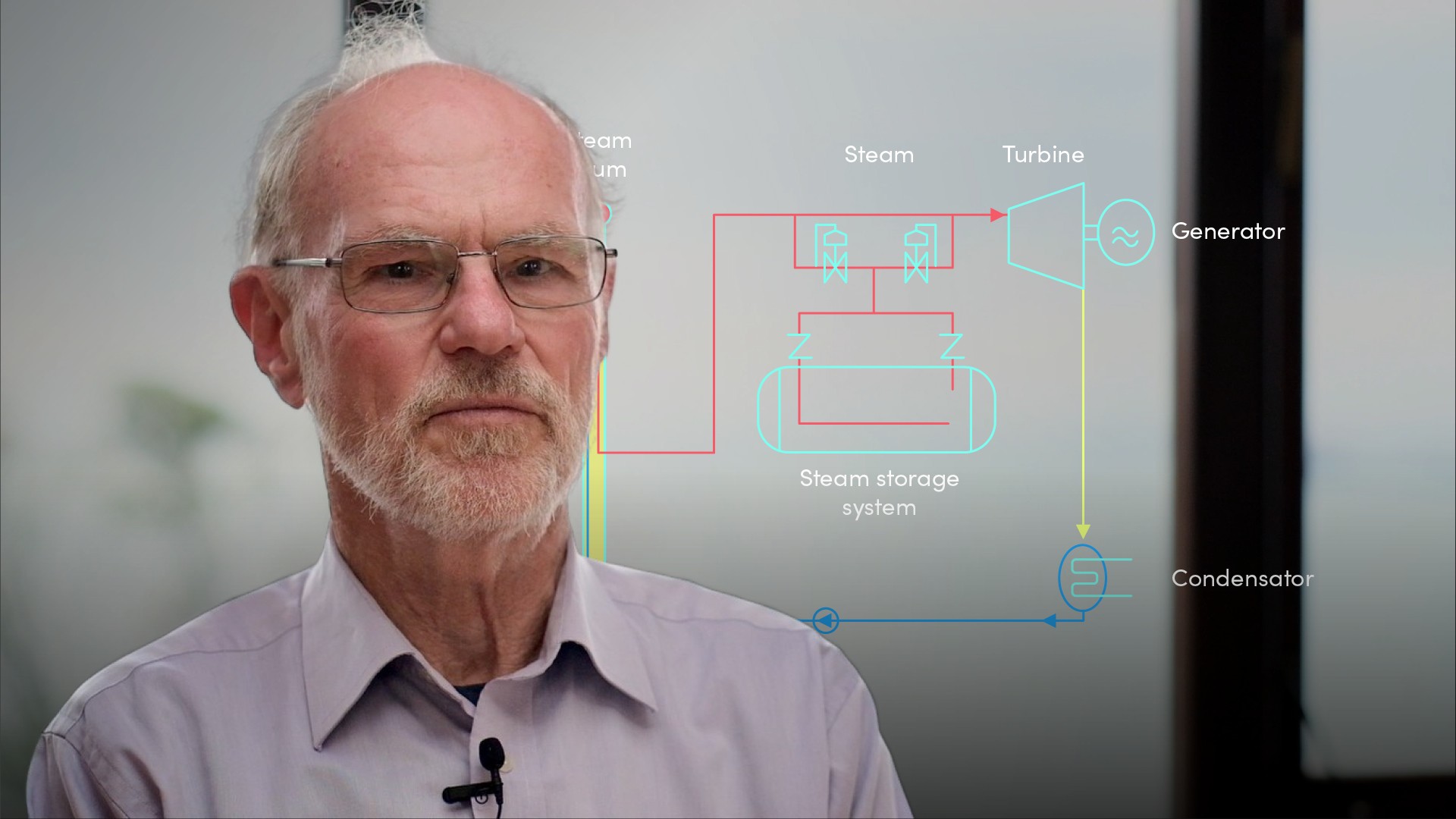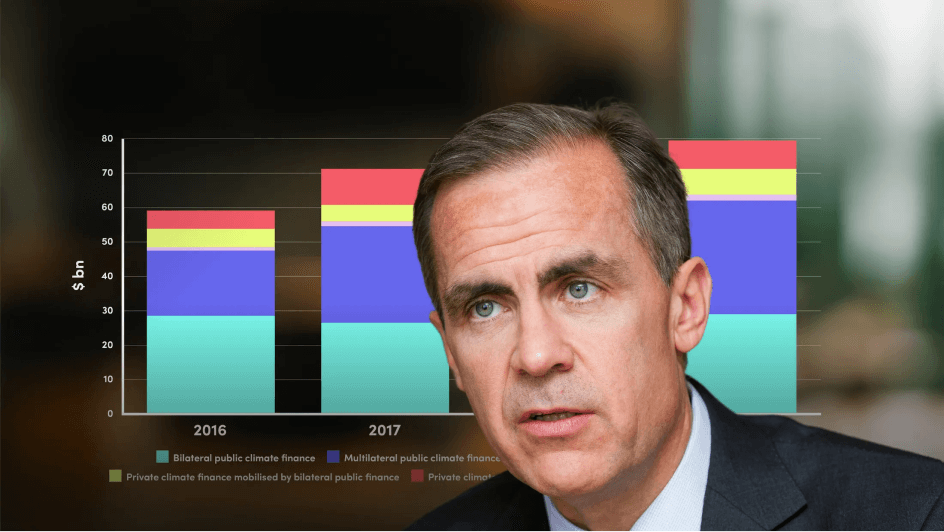
Introduction to Solar Energy

Colin Palmer
40 years: Renewable energy
A tenfold cost reduction over the last ten years has caught many unaware, and solar PV is now set to be the largest source of renewable energy in the future. In this video, Colin explains how the conversion of sunlight to electricity in solar panels helped the industry develop. He further explains why and how solar energy generation will become ubiquitous.
A tenfold cost reduction over the last ten years has caught many unaware, and solar PV is now set to be the largest source of renewable energy in the future. In this video, Colin explains how the conversion of sunlight to electricity in solar panels helped the industry develop. He further explains why and how solar energy generation will become ubiquitous.
Subscribe to watch
Access this and all of the content on our platform by signing up for a 7-day free trial.

Introduction to Solar Energy
13 mins 43 secs
Key learning objectives:
How did the industry develop?
How is sunlight converted to electricity in solar panels?
Describe the make-up of the cost of solar PV power systems
Explain why and how solar energy generation will become ubiquitous
Overview:
The heating effects from focussing the sun’s rays have long been understood and during the early 20th century the photovoltaic effect was explained. By the mid 1950s, practical solar cells could be made, but the costs were extremely high. Continued development resulting in performance improvements and cost reductions, to the extent that by the first years of the 21st century, electricity from solar cells was becoming viable for large scale uses. The resulting market pull drove further cost reductions, to the point where, in may locations today, solar power is the lowest cost source of electric from any source. A tenfold cost reduction over the last ten years has caught many unaware, and solar PV is now set to be the largest source of renewable energy in the future.
Subscribe to watch
Access this and all of the content on our platform by signing up for a 7-day free trial.
The photovoltaic effect?
The photovoltaic effect is the generation of a voltage in a material exposed to light. It is caused be interaction between the light and the material at the atomic level - exciting electrons to a higher energy state. In this way, light energy is converted into electrical energy. It was first described by Edmond Becquerel in 1839 and explained by Einstein in 1905. The first practical solar cell, using the photovoltaic effect from sunlight, was developed in the 1950s.
How did the industry develop?
The great majority of solar energy technology has been photovoltaic, although direct water heating and concentrated solar power for high temperature heating has also advanced. The first photovoltaic products were used to provide power for satellites, then as volumes increased and costs reduced, they found applications in remote locations and also for powering consumer goods such as calculators. Because of the uses in space, substantial government research programmes supported development, especially in the USA.
By the 1980s, solar PV was still too expensive for use in large scale power generation, but the technology was firmly set on a cost reduction path with a learning rate of 23% or more. Each time the capacity manufactured was doubled, the cost reduced by 23%. Countries such as Japan and Germany responded by creating subsidy support systems for the installation of solar PV on rooftops, a trend followed by many other countries from 2000 onwards. The resulting demand increased very rapidly. The Chinese government encouraged its domestic PV industry, which scaled production for both domestic and export markets at an unprecedented rate, with the result that by 2015 China was the world’s largest producer, a lead it retains to their day.
Global production increased at such a rate that the cost of solar cells dropped tenfold between 2010 and 2020, with the result that large scale solar PV plants became increasingly viable in many parts of the world. This market was driven not only an improvements in conversion efficiency, but also the ancillary industries that are required for installation and connection - an every increasing fraction of total plant cost as cell costs have dropped.
While solar PV has dominated the market, research has continued into concentrating solar and direct solar heating, but costs have remained stubbornly high.
“Balance of plant costs” and why are they increasingly important?
The solar PV cells that convert light energy into electrical energy are only one component in a electricity generating station. The cells are assembled into panels, the panels installed on mounting frames and connected to each other and the local network through cabling, inverters and transformers. All this additional equipment and the initial costs of site acquisition and development are referred to as “balance of plant” (BoP). When. cell prices were high, the BoP costs were a relatively small proportion of the total, so the main pressure was on reducing cell costs. Now however, the industry has reached the point where BoP costs may be more than twice the cell costs, so the.re is great pressure to reduce BoP costs, which by their nature are not as amenable to sustained cost reduction as the cells.
The significance of the scale independence of solar PV technology?
Solar PV is a unique renewable energy generation technology in that it has viable and significant applications over a very wide range of scales - from powering minute microelectronic devices to deployment in solar farms covering vast areas of land. This opens up all manner of applications where solar power generation can be incorporated into man-made structures and the potential for economic small scale generation for “off-grid” households and communities.
Subscribe to watch
Access this and all of the content on our platform by signing up for a 7-day free trial.

Colin Palmer
There are no available Videos from "Colin Palmer"





























